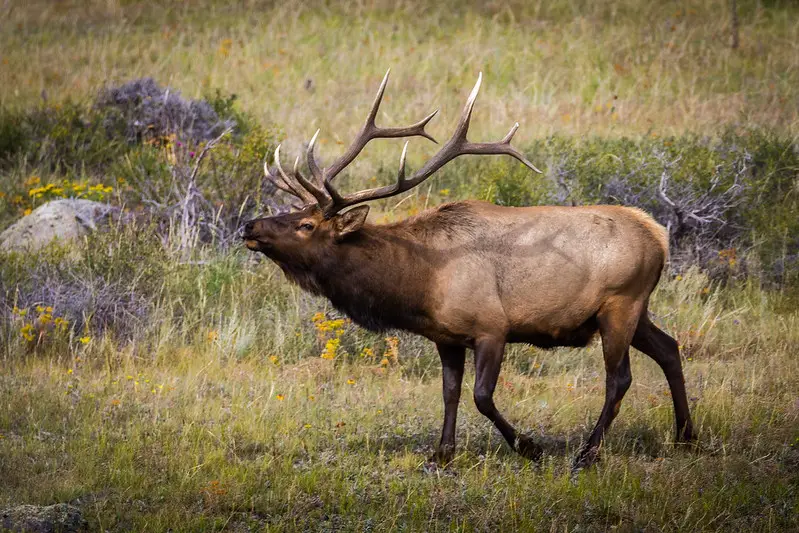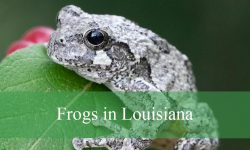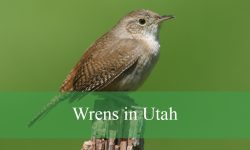Michigan is a state known for its natural beauty, dense forests, and diverse wildlife. Among the many creatures that roam its wilderness, elk hold a special place. These large and majestic animals have a unique history in the state, from near extinction to a carefully managed recovery. Many people often ask, are there wild elk in Michigan? The answer is yes, but the story behind their presence is fascinating and full of surprising details.
In this article, we will explore everything about Michigan’s elk population, including their history, physical characteristics, habitat, behavior, and conservation efforts. We will also highlight the best places to see them and share interesting facts that make elk one of Michigan’s most iconic wildlife species.
History of Elk in Michigan

Native Presence and Decline
Elk were once widespread across Michigan, roaming the forests, prairies, and river valleys in large numbers. They played a vital role in the ecosystems of the Great Lakes region, living alongside deer, wolves, and other native species. However, as European settlers expanded westward in the 1800s, elk populations began to decline rapidly. Hunting for meat and hides, along with habitat destruction from logging and farming, pushed elk to the brink of extinction.
By the late 1800s, wild elk had disappeared completely from Michigan. The loss was not only ecological but also cultural, as elk were part of Native American traditions and early settlers’ hunting practices. Their absence was deeply felt, and conservationists began to consider ways to bring them back.
Reintroduction Efforts
The turning point came in 1918, when the Michigan Department of Natural Resources (DNR) and local conservation groups reintroduced elk to the northern part of the Lower Peninsula. A small herd of seven elk was transported from Yellowstone National Park and released near Gaylord, Michigan.
Despite challenges, the herd adapted to its new environment and began to grow. Over the decades, conservation measures such as regulated hunting, habitat management, and population monitoring helped the elk population stabilize. Today, Michigan’s elk are a symbol of successful wildlife restoration.
Current Elk Population in Michigan
Numbers and Distribution
Michigan’s elk population is concentrated in the northern Lower Peninsula, especially in the Pigeon River Country State Forest. This area, often referred to as “Michigan’s elk country,” provides the large tracts of forest and open meadows that elk need to thrive.
The herd size is carefully managed to balance ecological health and prevent overgrazing. As of recent estimates, the population typically ranges between 500 and 900 elk. This number is considered sustainable and ensures that the herd remains healthy without negatively impacting surrounding habitats.
Population Management
The Michigan DNR uses science-based management strategies to maintain the elk population. These include aerial surveys, habitat improvement projects, and controlled hunting seasons. Elk hunting in Michigan is strictly regulated through a lottery system, with only a limited number of licenses issued each year.
This careful balance of conservation and hunting helps maintain healthy elk numbers while also providing opportunities for outdoor recreation and funding for wildlife management programs.
Physical Characteristics of Michigan Elk
Size and Appearance
Elk are among the largest members of the deer family, second only to moose. Michigan’s elk are impressive animals, with adult males (bulls) weighing between 600 and 900 pounds, while females (cows) are smaller, averaging 500 to 600 pounds.
Bulls are particularly striking during the fall rutting season, when they display massive antlers that can span up to five feet across. Antlers are shed each winter and regrown in spring, making them a visible symbol of health and dominance.
Identification in the Wild
In Michigan’s forests, elk can sometimes be mistaken for large white-tailed deer. However, elk are much bigger and have a darker, reddish-brown coat. They also feature a distinctive buff-colored rump patch and a short tail. Bulls are easy to recognize by their antlers, while cows are antlerless and smaller in build.
Elk Behavior and Lifestyle
Social Structure
Elk are social animals that live in herds. Cows and calves usually form groups, while bulls may live alone or in small bachelor groups outside of the mating season. During the rut in September and October, bulls compete for dominance and the right to mate with cows. This season is marked by dramatic displays of behavior.
The Bugle Call
One of the most unique and thrilling aspects of elk behavior is the bugle call. Male elk produce this high-pitched sound during the rut to attract females and warn rivals. The bugle can carry across great distances in the forest, making it one of the most iconic wildlife sounds in North America.
Feeding Habits
Elk are primarily grazers, feeding on grasses, forbs, and woody plants. In Michigan, they forage on a mix of native plants, shrubs, and agricultural crops. Their diet shifts with the seasons, with more woody browse consumed in winter when grasses are scarce.
Habitat and Range
Elk Country in Michigan
The best place to see wild elk in Michigan is the Pigeon River Country State Forest, located northeast of Gaylord. This 105,000-acre forest provides a mix of hardwood forests, pine stands, and open meadows. Its vast size and diverse vegetation make it ideal elk habitat.
Elk are also occasionally spotted in surrounding counties such as Otsego, Montmorency, and Cheboygan. Their range, however, remains mostly limited to the northern Lower Peninsula due to habitat availability and management practices.
Seasonal Movement
Michigan’s elk do not migrate as far as western herds, but they do shift their movements seasonally. In summer, they may spread into open areas with lush grasses, while in winter, they retreat into sheltered forests where food and cover are more available.
Best Time and Places to See Elk in Michigan
Viewing Seasons
The most popular time to view elk is during the fall rut in September and October. Bulls are highly active, bugling and sparring with rivals, which makes them easier to spot. The cooler weather and colorful autumn landscape also enhance the experience.
Winter can also be a good time for elk viewing, as the animals sometimes gather in larger groups and are more visible against the snowy backdrop.
Viewing Spots
Designated elk viewing areas in the Pigeon River Country State Forest provide excellent opportunities to see these animals. Roads and trails lead to prime observation spots where visitors can often watch elk at dawn or dusk. Patience and quiet observation are key, as elk are cautious and may avoid heavily trafficked areas.
Conservation and Human Interaction
Success Story of Conservation
The reintroduction and ongoing management of elk in Michigan is considered a conservation success story. What began as a small herd of just seven elk has grown into a thriving population that continues to enrich the state’s biodiversity.
Challenges and Threats
Despite success, challenges remain. Elk sometimes come into conflict with agriculture, as they may feed on crops or damage fences. Vehicle collisions also pose risks, particularly in areas where elk cross highways. The DNR works closely with local communities to mitigate these issues through habitat management and public education.
Role of Hunting
Regulated hunting plays an important role in elk management. By keeping populations at sustainable levels, hunting prevents overgrazing and habitat degradation. It also provides funding for conservation efforts through license fees and excise taxes on hunting equipment.
Surprising Facts About Michigan’s Elk
Yellowstone Roots
All of Michigan’s current elk are descendants of the small group brought from Yellowstone National Park in 1918. This makes them genetically unique within the state and a reminder of the importance of conservation partnerships.
Antler Growth
Male elk grow a new set of antlers every year. These antlers can grow at a rate of up to an inch per day in summer, covered in a soft, velvety skin that supplies nutrients.
Cultural Significance
Elk hold cultural significance for Native American tribes in Michigan, symbolizing strength, endurance, and connection to nature. Today, they continue to attract visitors from around the country, boosting eco-tourism and outdoor recreation.
FAQs About Elk in Michigan
Are elk native to Michigan?
Yes, elk were originally native to Michigan but were wiped out in the late 1800s. They were successfully reintroduced in 1918.
How many elk are there in Michigan today?
Michigan’s elk population ranges between 500 and 900 animals, concentrated in the northern Lower Peninsula.
Where is the best place to see elk in Michigan?
The Pigeon River Country State Forest near Gaylord is the prime location for elk viewing.
Can you hunt elk in Michigan?
Yes, but hunting is strictly regulated. A limited number of licenses are issued each year through a lottery system.
When is the best time to hear elk bugle?
The best time to hear the bugle is during the rutting season in September and October.
Conclusion
So, are there wild elk in Michigan? Absolutely. From their near disappearance in the 1800s to their current thriving population, elk are a testament to successful conservation and dedicated wildlife management. These magnificent animals enrich Michigan’s natural landscapes, offering unforgettable experiences for those who venture into the northern forests.
Whether you’re listening to the haunting bugle call during autumn, spotting a herd grazing in a meadow, or learning about their fascinating history, elk are one of the most remarkable wildlife stories in Michigan. With continued care and responsible stewardship, future generations will also have the chance to witness the wild elk of Michigan in their natural habitat.






